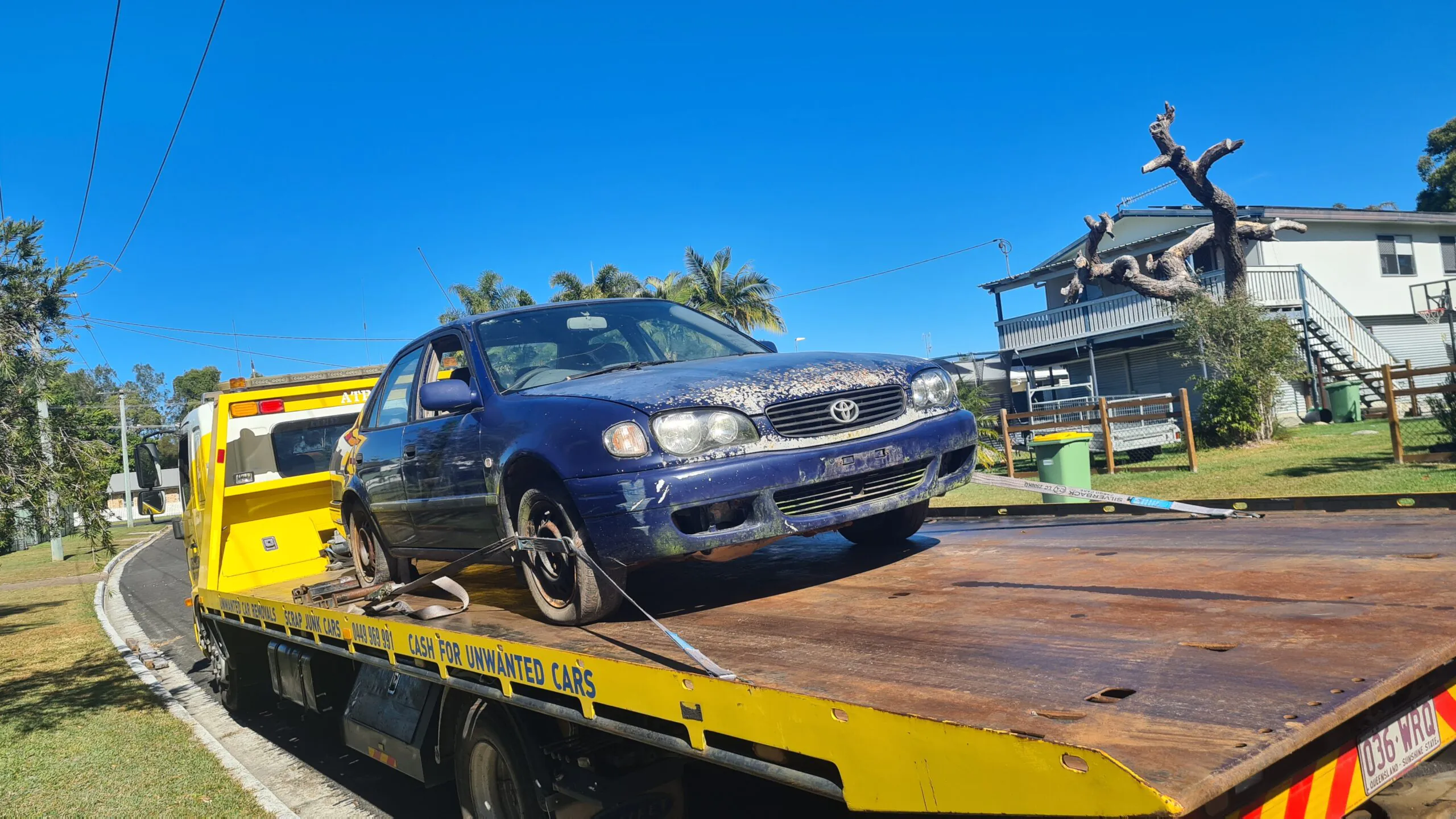From Rust to Rebirth: How Scrapping Old Cars Helps the Planet

Old cars do not simply vanish. When they are no longer safe or reliable, they often end up in scrap yards or waste disposal sites. But far from being a final resting place, these vehicles can make a vital contribution to the planet’s health. By recycling materials and repurposing parts, scrapped cars help reduce waste and cut down on resource extraction. This article explores how scrapping vehicles can benefit our environment, our economy, and our communities.
Why It Matters to the Environment
Cars contain metals, plastics, glass, rubber, and fluids. If these items are not properly handled, they may harm soil, waterways, and air quality. For instance, oils and coolants can pollute groundwater. Old batteries pose a risk of leaking heavy metals. Rubber tyres, when disposed of irresponsibly, may smoulder for long periods and release toxins.https://www.localcashforcar.com.au/
Proper recycling and dismantling prevent these hazards. When handled correctly, the parts and metals from vehicles avoid landfill and feed back into new products. This cycle helps reduce demand for virgin materials and lowers the pollution linked to mining and manufacturing.
How Much Gets Recycled?
A typical car weighs between one and two tonnes. Reports from environmental bodies in Australia show that as much as 85 per cent of a vehicle’s weight can be recovered as materials or parts. Steel, aluminium, copper, and even glass are melted down and reused. Plastics and rubber may be broken down and reformed into new items.
This level of recovery has a real global effect. It means less new mining or processing of raw materials. For example, recycling steel uses up to 75 per cent less energy than producing steel from iron ore. That leads to lower greenhouse gas emissions and reduced environmental impact.
The Process of Vehicle Recycling
Once a car leaves the road, it typically follows a multi-stage process. First, hazardous fluids are drained and contained safely. Next, items such as batteries, tyres, and catalytic converters are removed.
Salvageable parts—like alternators, engines, wheels, or doors—are inspected and resold. Remaining materials are crushed, shredded, or compacted so that metals can be separated and sent to recycling plants.
Many car dismantling operations follow strict environmental guidelines. They may hold licenses or follow industry codes. Their practices help ensure that harmful substances are not released and that usable resources are not wasted.
Old Parts, New Vehicles
Reused parts extend the life of other cars. Mechanics and hobbyists often source these components to repair older vehicles. This helps delay premature replacements.
Salvaged engines, gearboxes, or panels may serve again. That reduces demand for new parts and gives older models a chance to keep going. Often, this saves money for drivers and helps the environment by encouraging reuse instead of regular replacement.
When Scrap Becomes Something Unexpected
Sometimes, cars leave the scrap yard and take on a surprising new life. Cabs, seat frames, or metal panels have been repurposed into furniture or sculptures. Seat padding has found its way into outdoor seating. Tyres have been turned into play equipment or used in building soundproof surfaces.
Some older vehicles have even served as training tools in vocational schools, helping students learn repairs without risk. That kind of reuse is possible only when scrap yards take care to preserve parts or materials in decent condition.
Supporting the Circular Economy
By recycling old cars, the automotive industry supports a circular economy. Materials flow back into the system rather than become waste. That approach increases resource efficiency, cuts emissions, and closes the loop on material use.
Australia’s auto recycling sector has grown in importance with rising awareness of waste reduction. The flow of recycled materials keeps factories, workshops, and even construction sites stocked with recovered resources.
A Local Perspective
Many people hold on to unwanted or damaged vehicles out of uncertainty. They may not know what to do next. In coastal towns and cities, such as those around the Sunshine Coast, clearing these vehicles can free up space, reduce safety hazards, and allow more meaningful use of property.
For those wondering how to handle an old vehicle, the option of Car Removal Sunshine Coast presents a clear path forward. When that service connects with a provider such as Local Cash for Car, owners gain a practical solution. Their vehicle is collected and processed responsibly. Parts are reused, materials recycled, and both community and environment benefit. That practical step creates a ripple effect—from private yards through sustainability systems to broader ecological health.
How Individuals Can Help
Everyone can play a part in reducing waste from old cars:
-
Drop vehicles at certified dismantlers or contact responsible removal services.
-
Avoid informal dumping or leaving cars idle on unused land.
-
Choose salvage yards that follow safe practices and recycle materials properly.
-
Request documentation or evidence that parts or fluids are handled correctly.
These actions help ensure that every possible resource from a vehicle is put to good use.
Broader Benefits of Car Recycling
The impact extends beyond personal or local benefit. Recycled metal reduces pressure on local mining operations. Energy savings from reuse translate into lower emissions for the country. Communities gain commerce through salvage operations and parts trade.
Places that handle scrapped cars well can also avoid environmental complaints or fines. That aligns with community expectations for responsible use of resources and land.
Final Thoughts
When a car reaches its end, it does not have to become waste. Through dismantling, salvage, and recycling, it can become something new. In the process, materials are preserved, communities benefit, and pressure on natural resources eases.
The journey from rust to rebirth is not just a matter of equipment—it is part of how we respect the world around us and how we turn endings into new beginnings.







